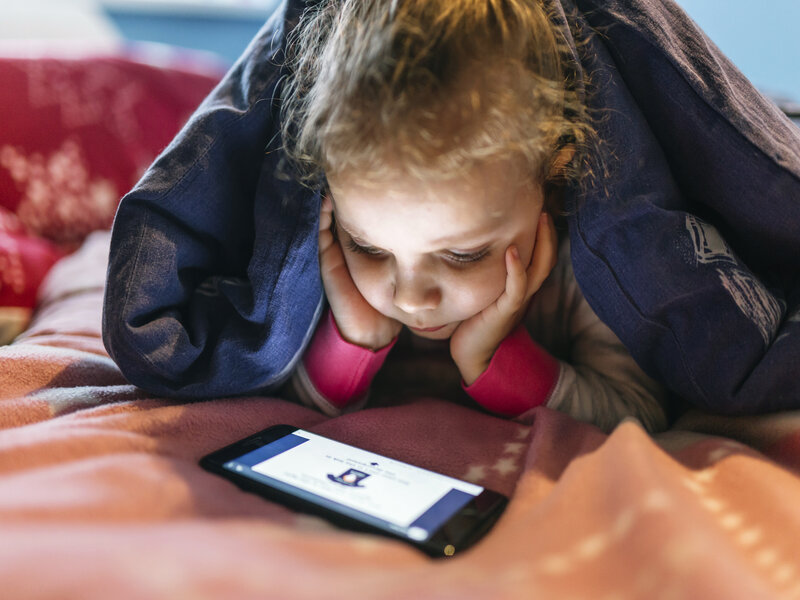UPCYCLING, FASHION MEETS CREATIVITY AND SUSTAINABILTY
It’s a trend that boomed during the pandemic, and it seems it’s likely to
last a long time. We are talking about upcycling¾the conversion process
which takes discarded products or wasted raw materials and gives them new
life, making them even more beautiful and interesting from an economic
point of view as well. It is a way of reusing things that is catching on
more and more, just about everywhere in the world.
Upcycling can be applied to so many products¾from jewelry to furniture to
household items to clothing and fashion accessories. Making bracelets from
old flip-flops, lamps from old bottles; turning wood scraps into chairs and
bookshelves; these are just a couple examples of creative upcycling!
However, there is one sector that has been embracing upcycling over the
past two years more than any other: the fashion industry. It has gone so
far as to affect commercial policies of major brands. Born as a niche
phenomenon, creative recycling of clothes and accessories is becoming an
economic strategy that have many international big brands investing.
Economic results have made it clear that heading toward eco-sustainability
is well regarded and also brings decent profits. Not to mention that it
greatly reduces costs and can help businesses to recover profit from unsold
goods. It is another way to avoid waste.
Upcycling has surpassed vintage
It’s not about wearing clothes or accessories that are already used. It
means making new products from old ones, combining fabrics or repurposing
them. You might be able to make a tablecloth from an old sack or turn jeans
into shorts or a t-shirt into a tank top. This is a conscious fashion
choice that many celebs, influencers, and famous people in our societies
are embracing.
The social media climb
The #upcycledclothing hashtag has over 668,000 posts on Instagram and on
TikTok #upcycledfashion exceeds 427 million views. More and more people are
drawn to upcycling, a creative proposition that balances ethics and
aesthetics. Scrolling through social media, it is increasingly easy to come
across tutorials explaining how to re-imagine a dress you no longer like or
revamp an old top. There are videos by leaders in the fashion industry that
have reached millions of likes and views.
Upcycling and Gen Z
Upcycling has grown in popularity especially with Gen Z, which is drawn to
reduced consumption and creativity. Research found that about 90 percent of
18- to 25-year-olds prefer to buy secondhand clothing, and nearly 80
percent would more willingly buy from sustainable brands. Generation Z has
a whole new mindset in regard to clothing which pairs well with their views
on environmental sustainability. The waste and ever-growing carbon
footprint of the fashion industry makes it one of the most polluting
industries in the world. Apparently, the “fast fashion” industry emits more
CO2 than the aviation and maritime industries combined and uses about 80
billion cubic meters of fresh water per year, and the production of raw
materials and textiles contributes significantly to water pollution due to
the dyes used.
Young people, therefore, prefer to reuse and revive objects in a way that
they are even more beautiful than before. Instead of wasting old garments,
jewelry, etc., they become a part of a circular economy. It is estimated
that in a few years’ time, this trend in the fashion industry may exceed
twice that of fast fashion by 2030.
Meanwhile, apps are on the rise
This is, in essence, a consumer-driven change, to which fashion brands and
lifestyles are adapting. We are witnessing a phenomenon that has been
widely spread via the internet, mainly affecting the online shopping
industry. We are witnessing a substantial rise in sustainable clothing
apps.
There are more and more platforms that offer alternatives to sending
unwanted items to the landfill. Some allow people to swap clothes, while
others teach people how to creatively reuse items and fabrics. Some of them
have seen an increase in users by more than 100 percent within just a year.
There are apps for reselling clothes and accessories that have 20 million
users, and there are even more apps suitable for all tastes and needs, with
children’s fashion apps also showing definite growth.
Reduce-reuse-recycle: the slogan is becoming increasingly popular in the
fashion industry as well. To follow this new model, one can focus on
repurposing garments and try to make them more durable. Our grandmother’s
methods of needle and thread, cutting and sewing are making a come-back as
tools of creativity and sustainability. There is plenty of room for
tutorials and videos for DYI projects. But for all the rest, big brands are
getting on board with this trend, increasingly entrusting designers with
upcycling.
In short, upcycling is an opportunity for the consumer to shop responsibly
and for companies to make a turnover of several billion.















